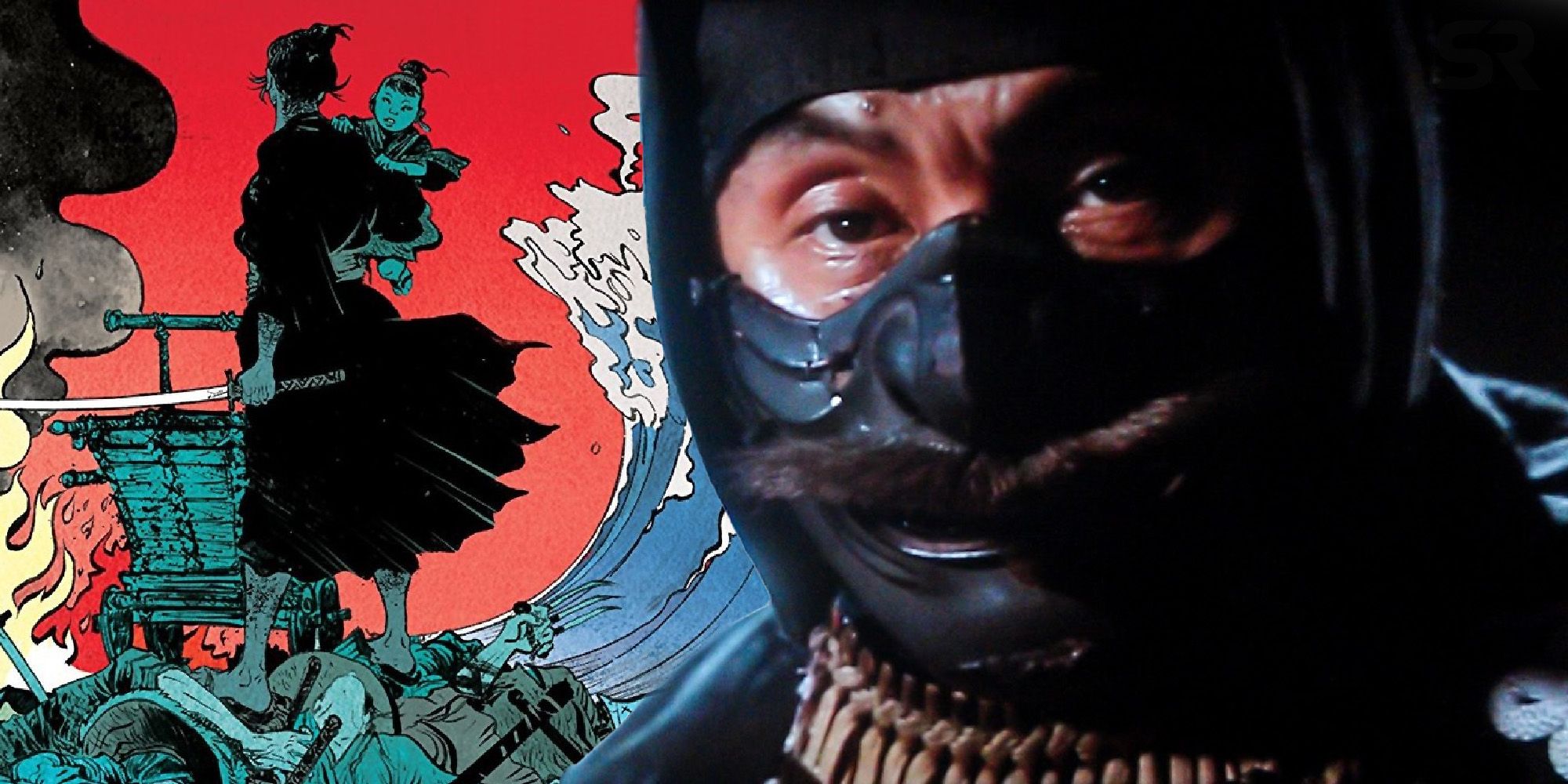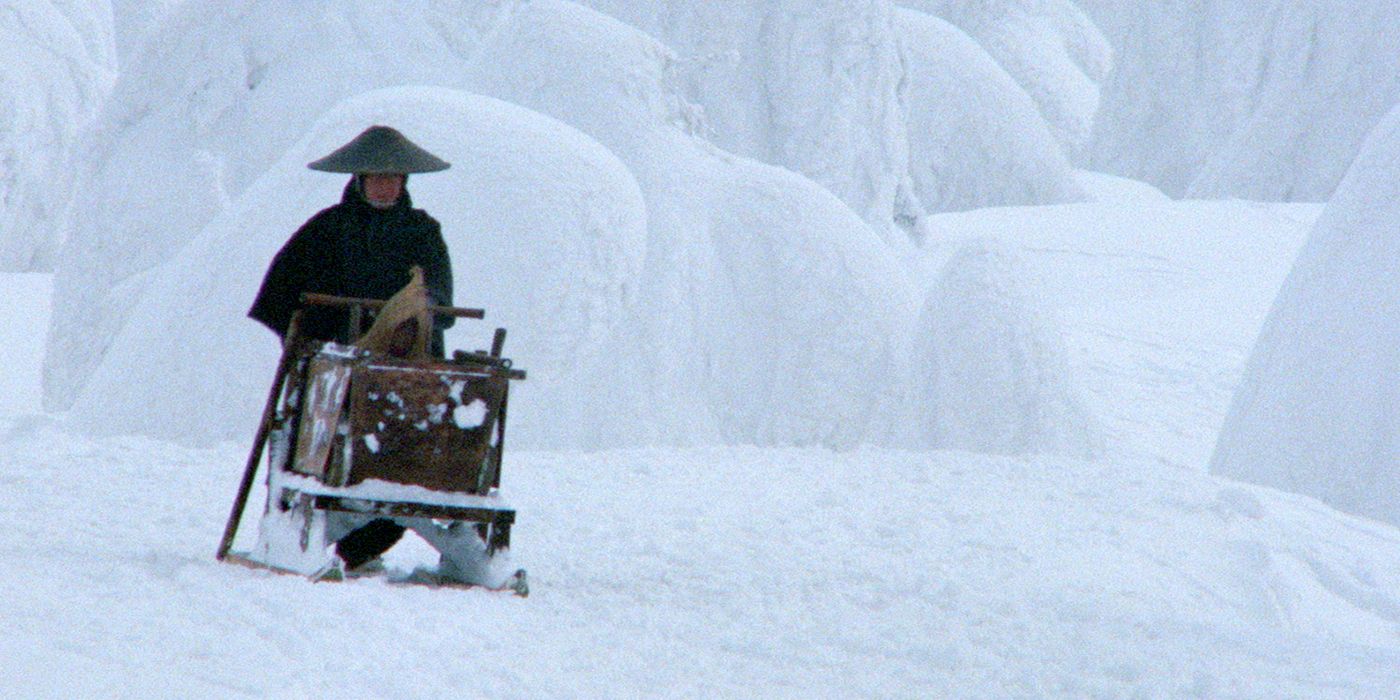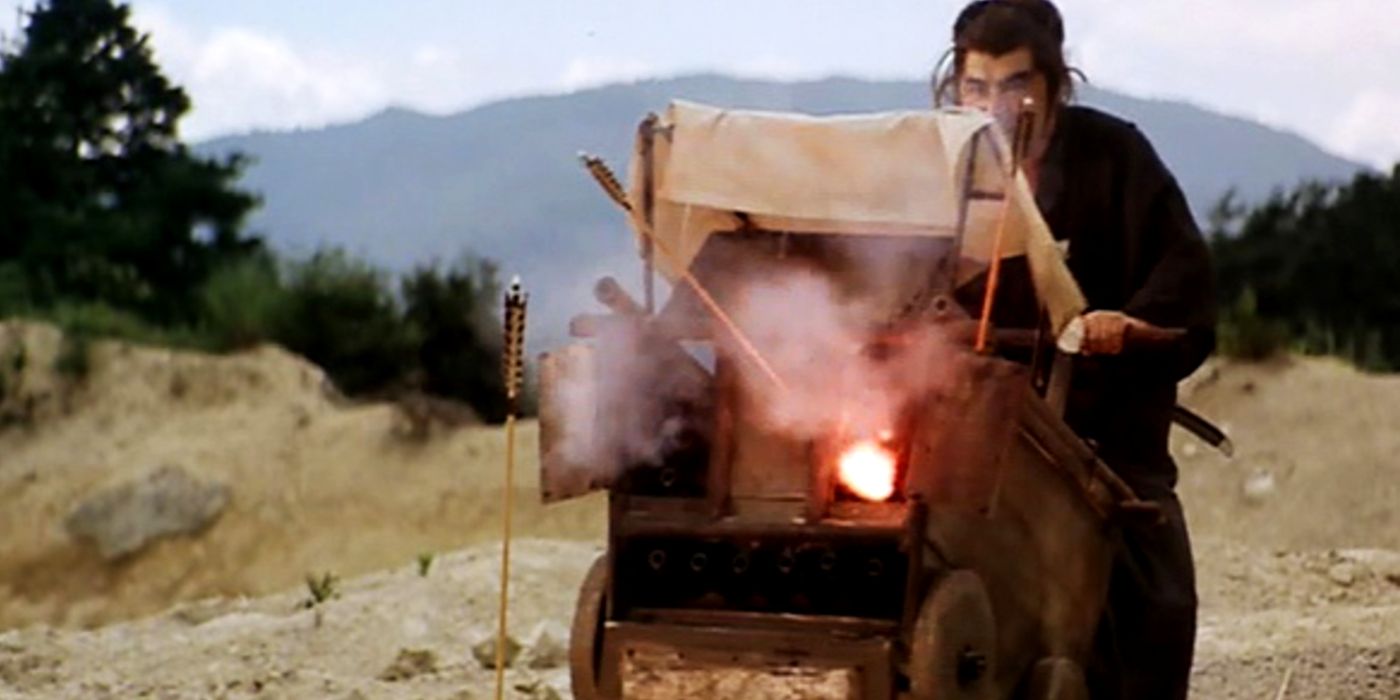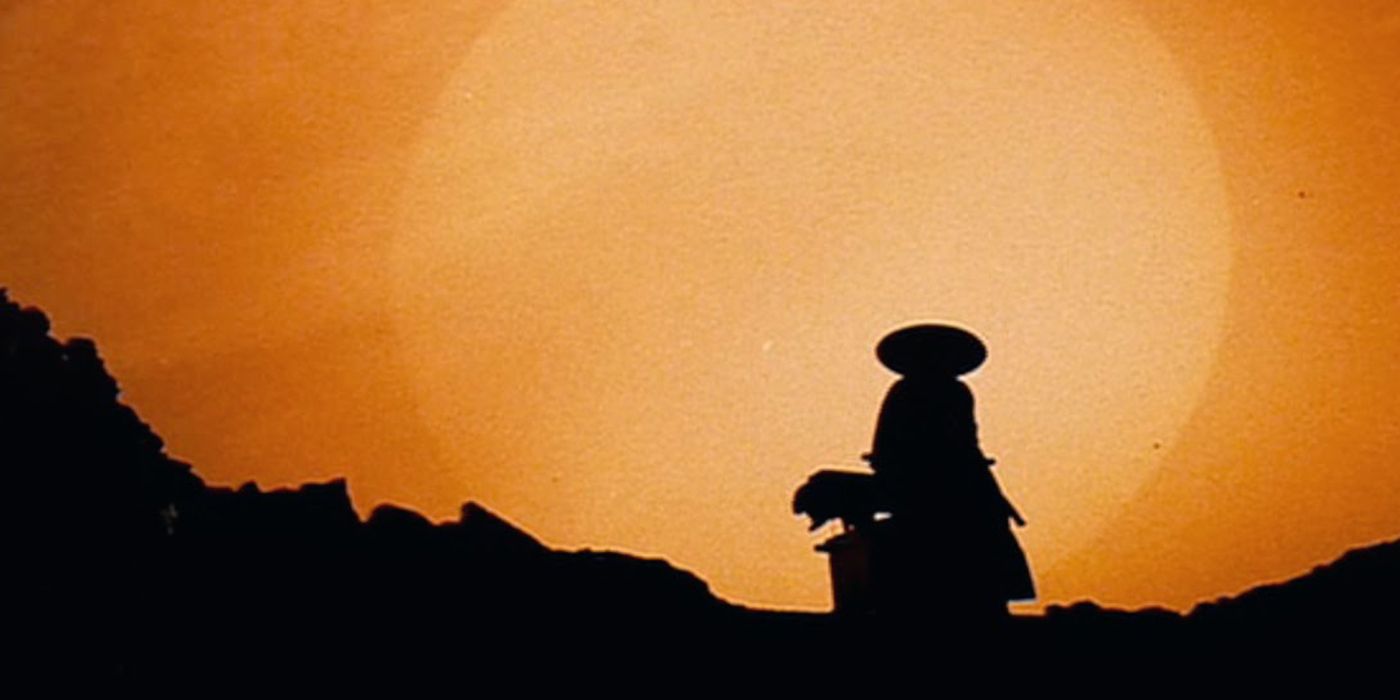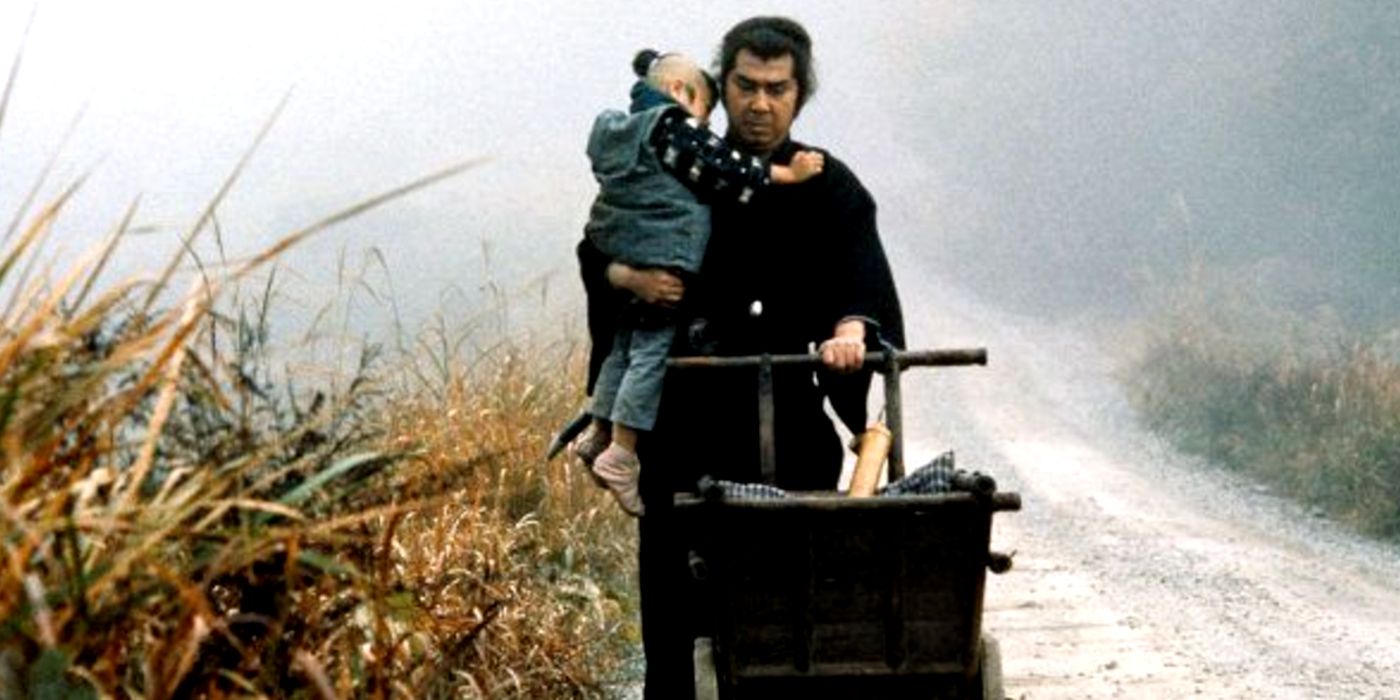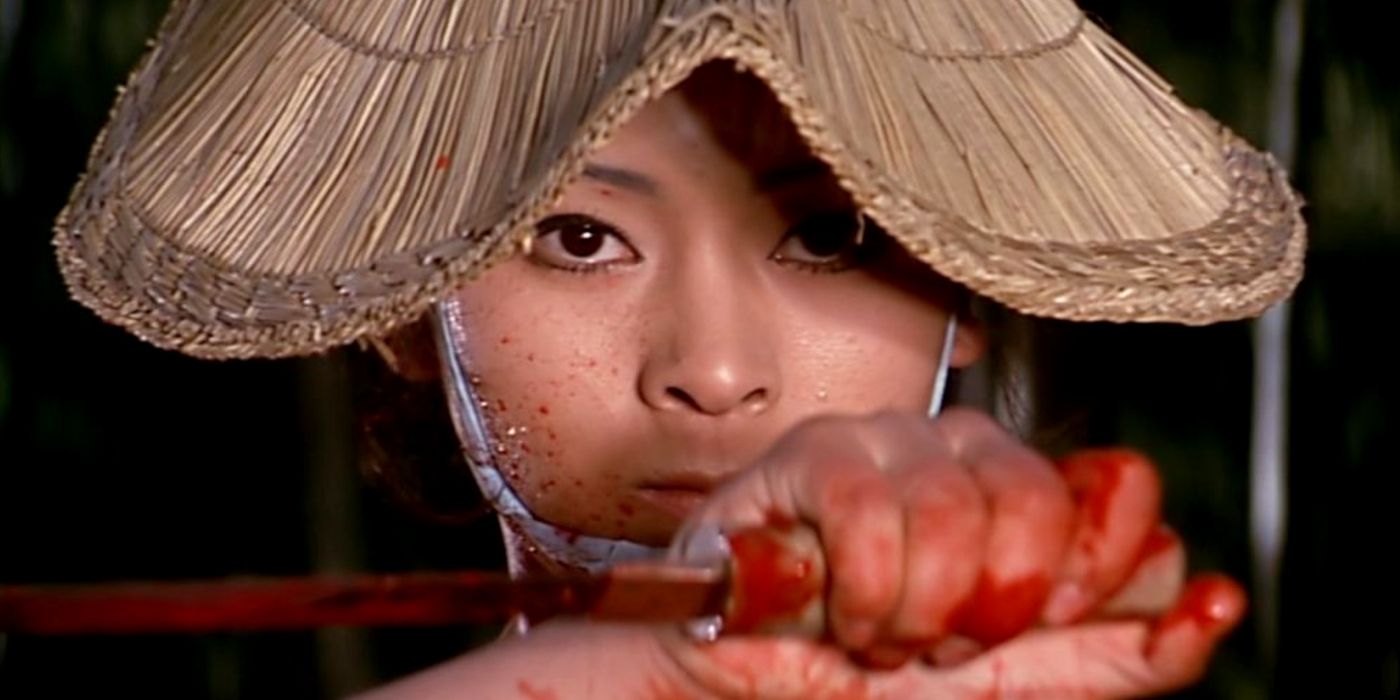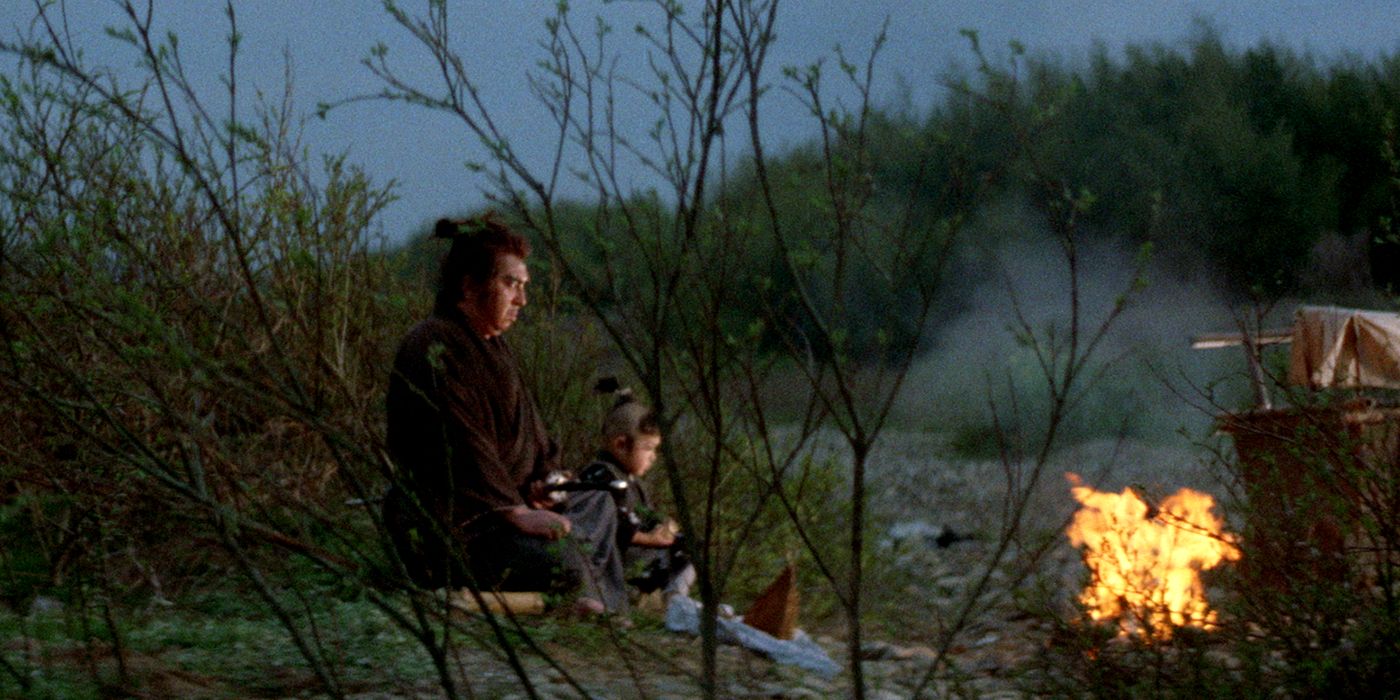One of the most influential franchises in film history; here’s every classic Lone Wolf and Cub samurai movie ranked from worst to best. Based on a successful manga of the same name, and a key reference for The Mandalorian, the Lone Wolf and Cub movies feature disgraced-samurai-turned-assassin Ogami Ittō (Tomisaburo Wakayama) and his young son Daigoro (Akihiro Tomikawa) as they travel through Edo period Japan, acquiring targets and being targeted by various rival factions - most notably the Yagyū clan, led by Lord Retsudo. Six movies were made between 1972 and 1974, before a TV adaptation soured Wakayama’s perception of the franchise, causing him to walk away. As such, the story arc remains incomplete - leaving the series in a state of purgatory, befitting its nihilistic protagonist and his never-ending quest to follow the “Demon Way to Hell”.
While the conceit of a father/son assassin duo sounds enjoyably pulpy, the Lone Wolf and Cub series is not for the faint-hearted. Despite Daigoro’s young age and cute appearance, this is as far from “family-friendly” as you could get - with every type of violence on display and an intensely somber tone throughout. The violence is quick but brutal; no showboating or drawn-out sparring sessions, just fountains of blood and piles of hacked-off limbs. Sexual violence also features heavily in the first three entries - worth noting, for those unable to view such extreme content.
In 1980, a condensed, dubbed version of the first two Lone Wolf and Cub films was released for English-speaking audiences, re-titled Shogun Assassin. Famous for adding delightfully blunt narration from the mostly-silent Daigoro and reducing the plot to its most basic elements - this is the version that features in Quentin Tarantino’s Kill Bill Vol. 2 and was sampled in the GZA album Liquid Swords. Additionally, the Lone Wolf and Cub franchise was the inspiration behind Disney’s The Mandalorian - following in George Lucas’s footsteps by borrowing elements from Japanese cinema to enrich the Star Wars universe. If you want a quick samurai hit, Shogun Assassin will do the trick. That said, the original, unedited series offers a richer, more contemplative experience for those willing to take the plunge. Here’s every Lone Wolf and Cub movie ranked, from worst to best.
Lone Wolf and Cub: White Heaven in Hell (1974)
The sixth and final entry in the Lone Wolf and Cub franchise, White Heaven in Hell, is also the least effective: a shame, given its supernatural premise. When Ittō kills Retsudo’s dagger-wielding daughter, the series big-bad vows revenge - enlisting the help of his illegitimate son and raising an army of zombie ninjas. Eventually, Ittō and Daigoro lead them into the snowy mountains - their baby cart transformed into a sled - and a final battle takes place. Unfortunately, the narrative is pretty sparse, with few memorable scenes, and the zombie ninjas aren’t nearly as awesome as they sound. What’s more, the climax suffers from poor execution. While blood spraying against snow is visually satisfying, the barren landscape makes it difficult to understand the geography of the scene. That said, when the worst movie in a franchise features ninjas on skis, how bad can it really be?
Lone Wolf and Cub: Baby Cart to Hades (1972)
The third entry in the Lone Wolf and Cub franchise, Baby Cart to Hades, is the most brutal in the series - featuring a number of horrific rape scenes in a plot that deals largely with prostitution. Given the harrowing subject-matter, it’s a difficult movie to stomach but (when not exploiting sexual violence) also features some of the series most memorable moments: Daigoro blowing spit-bubbles on the porch, rain lashing down, while his father meditates indoors; the Spaghetti Western climax; and the pimped out baby cart, complete with a battery of guns, all come to a head with a suitably silly 70s theme song. If the sexual violence had been excised or more tastefully portrayed, this would be one of the best in the series. As it stands, Baby Cart to Hades is a difficult pill to swallow - Lone Wolf and Cub at its most needlessly shocking.
Lone Wolf and Cub: Baby Cart in the Land of Demons (1973)
The fifth entry in the Lone Wolf and Cub franchise, Baby Cart in the Land of Demons, deviated from the usual formula slightly. Instead of Ittō accepting payment and information to perform an assassination from one person, he is, instead, fed the information and money piecemeal from a string of samurai - rewarding him after Ittō has defeated them. There’s also a subplot featuring Daigoro becoming involved with a pickpocket. When he backs her up, the law officers flog him, but - like his father - Daigoro remains stoic. The Lone Wolf and Cub movies tend to be at their best when Daigoro features heavily - the juxtaposition of a child protagonist in a brutal, genre world showing the strengths of the series. Additionally, Baby Cart in the Land of Demons boasts some beautiful cinematography, with shots of Ittō and Daigoro silhouetted against the setting sun among the most affecting in the film.
Lone Wolf and Cub: Sword of Vengeance (1972)
The first entry in the Lone Wolf and Cub franchise, Sword of Vengeance, lays down the groundwork for the entire series, though feels a little exposition-heavy for what is a (relatively) simple origin story. That said, the film utilizes a non-linear structure - ahead of its time, many would say - and succeeds in painting its brutal world with an artful stroke, finding beauty amid desperation. Starting with the now-familiar image of Ittō pushing Daigoro along in his cart, the film flashes back to their violent origin: Ittō, the Shogun’s executioner, is betrayed and charged with treason as part of Lord Retsudo’s plan to take over his position. Ittō’s wife (and Daigoro’s mother) is killed by ninjas, and the father/son duo is forced to flee - becoming the assassins known as Lone Wolf and Cub. Actor Tomoko Mayama gives a wonderful performance as Osen, the prostitute, and - like Daigoro - brings some much-appreciated lightness to the dark world presented.
Lone Wolf and Cub: Baby Cart in Peril (1972)
The fourth entry in the Lone Wolf and Cub franchise, Baby Cart in Peril, is maybe the most consistently enjoyable in the series, with the best female characterization to boot. Ittō and Daigoro are hired to take out Oyuki (Michie Azuma), a female assassin famed for fighting bare-chested, exposing grotesque tattoos designed to shock her targets into submission. Looking past its obviously exploitative elements, the film is actually quite progressive in a grindhouse kind of way, with Oyuki being one of the most complex supporting characters that the series ever tackled. Additionally, a subplot features Daigoro becoming separated from Ittō, allowing him to have his own brief adventure - harassed by Gunbei Yagyū (Yoichi Hayashi), one of Lord Retsudo’s sons. Disgraced, Gunbei’s origin is revealed in flashback: having competed with Ittō to become the Shogun’s executioner, Gunbei accidentally pointed his sword at the Shogun and was exiled, another man forced to die in his place. It’s a terrific sequence, and very reminiscent of the numerous flashbacks in Quentin Tarantino’s Kill Bill saga.
Lone Wolf and Cub: Baby Cart at the River Styx (1972)
The second entry in the Lone Wolf and Cub franchise, Baby Cart at the River Styx, is widely regarded as the best in the series, and later formed the basis for the English-language Shogun Assassin. Featuring rival factions, including (series regulars) the Yagyū clan, a group of female assassins, and a trio of iron-clawed, straw-hat wearing brothers - its a bloody spectacle from start to finish. The last twenty minutes, in particular, are the best kind of crazy - with a desert sequence that features sand-traps, people being sliced in half, and a darkly comic, yet poetic, death-bed speech that culminates with blood spraying from a man’s neck like a garden hose. There’s also a scene with the female assassins wherein they chop a dude to pieces, each sliver of skin hitting the floor with a horrifying squelch. It’s gross, sure, but definitely awesome - a phrase which kind of sums up the entire Lone Wolf and Cub franchise.

